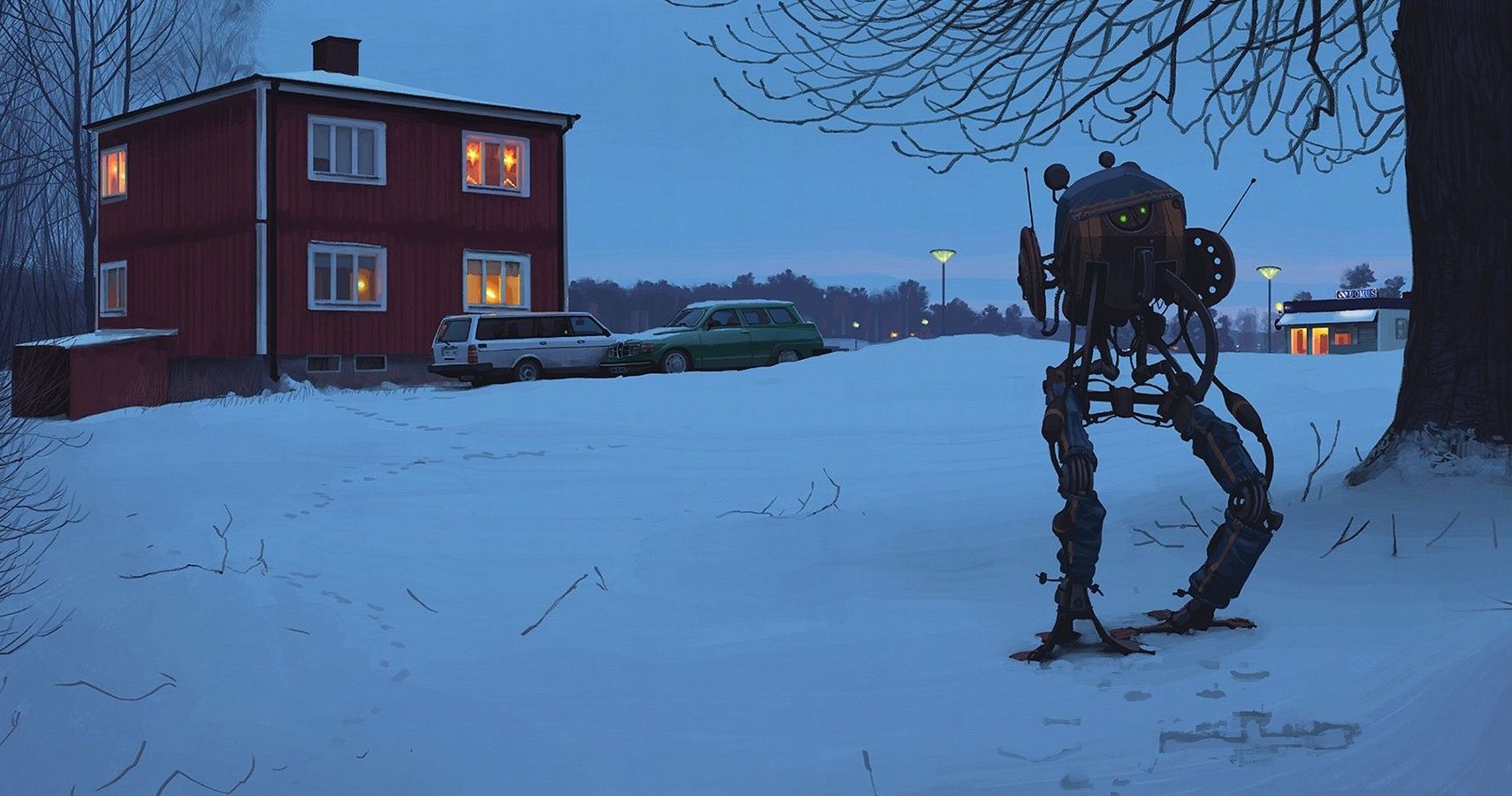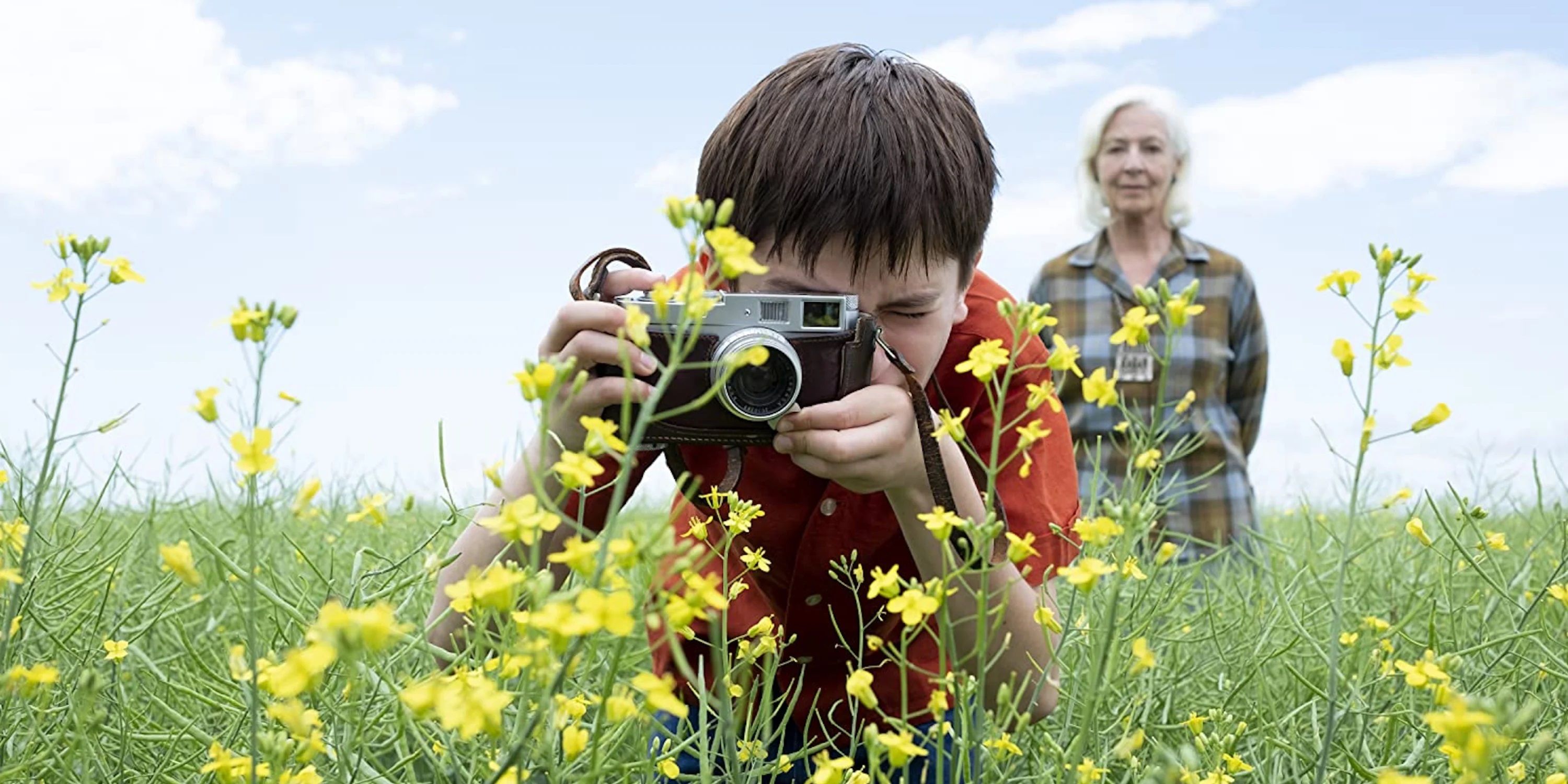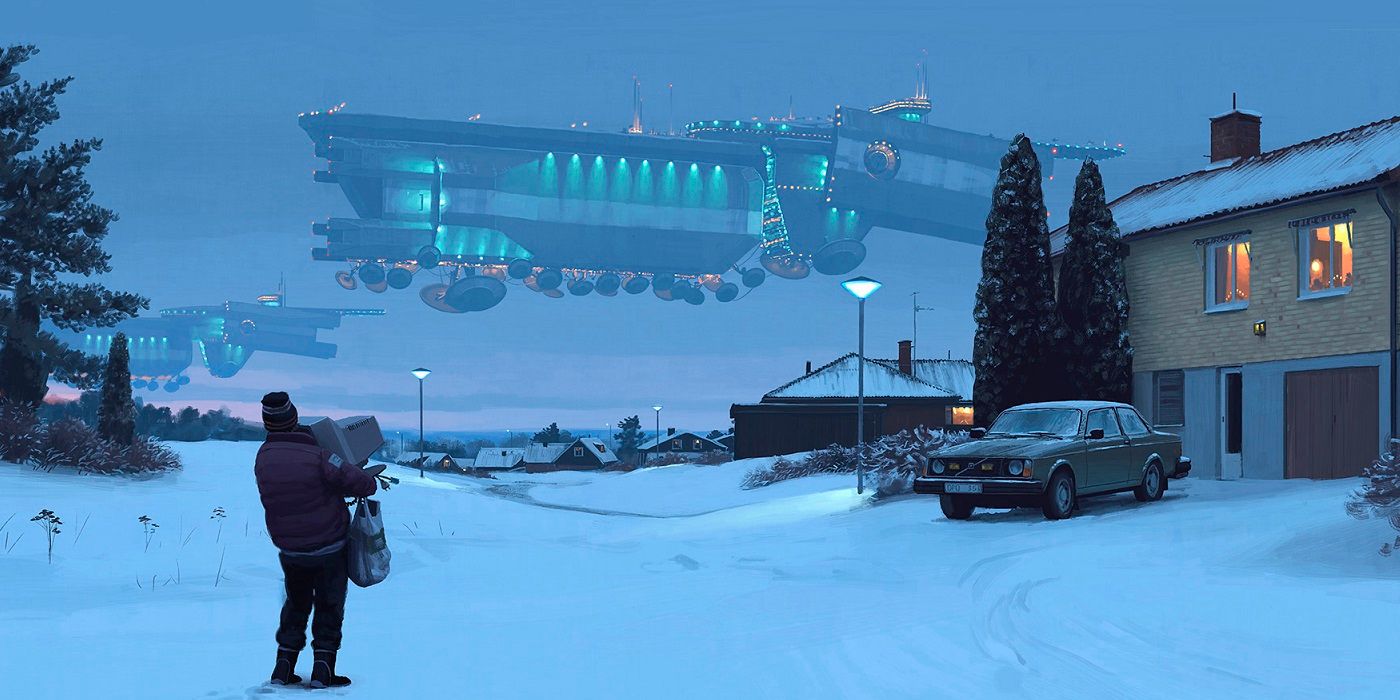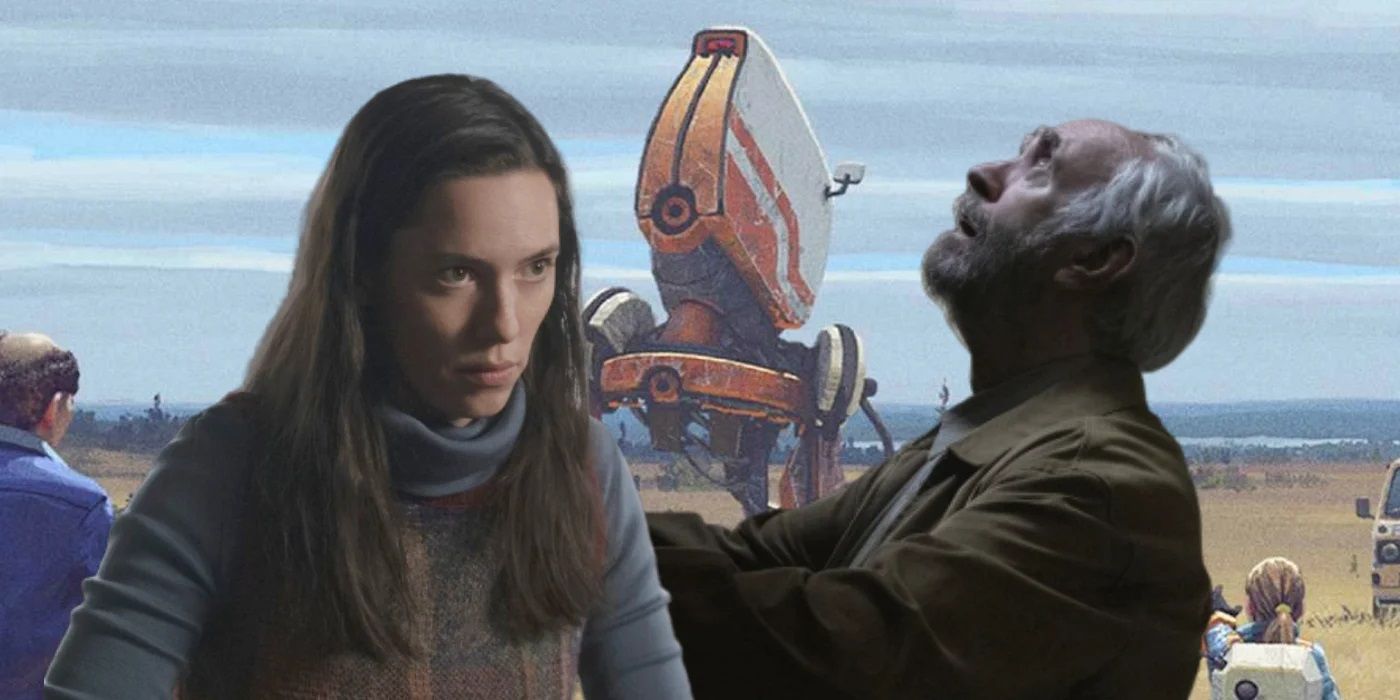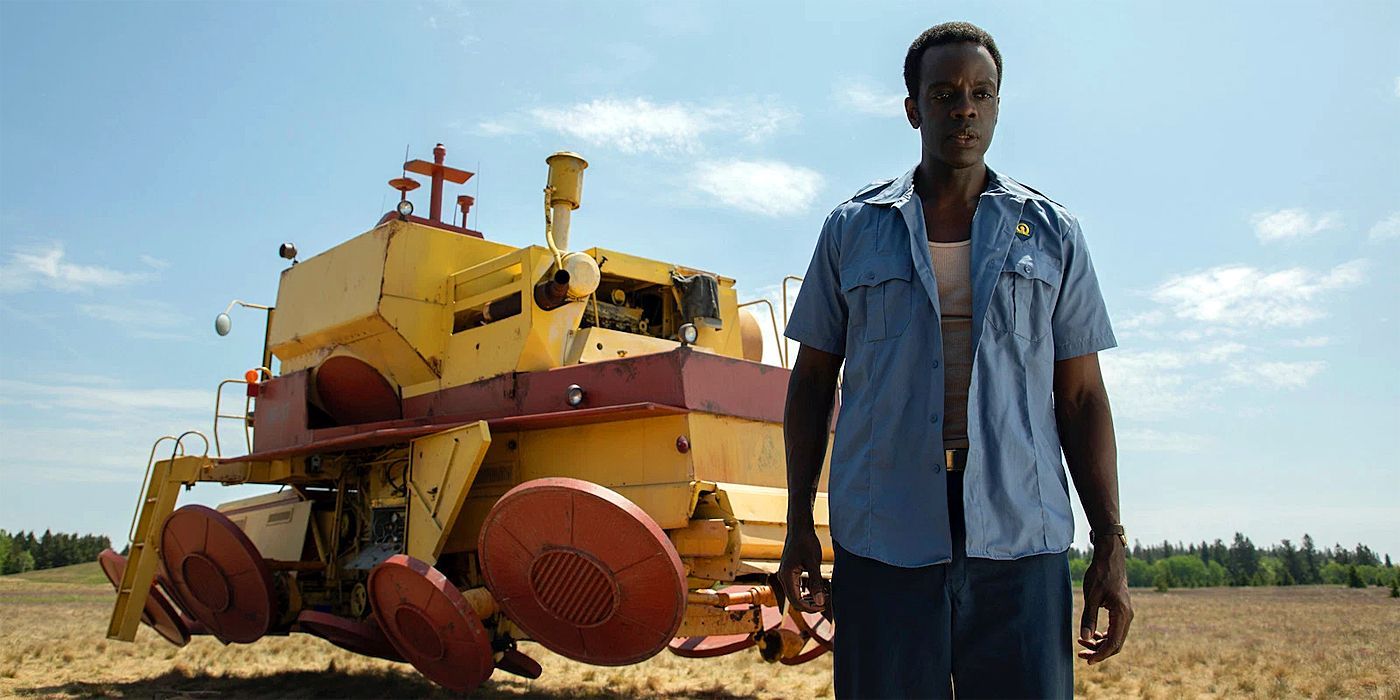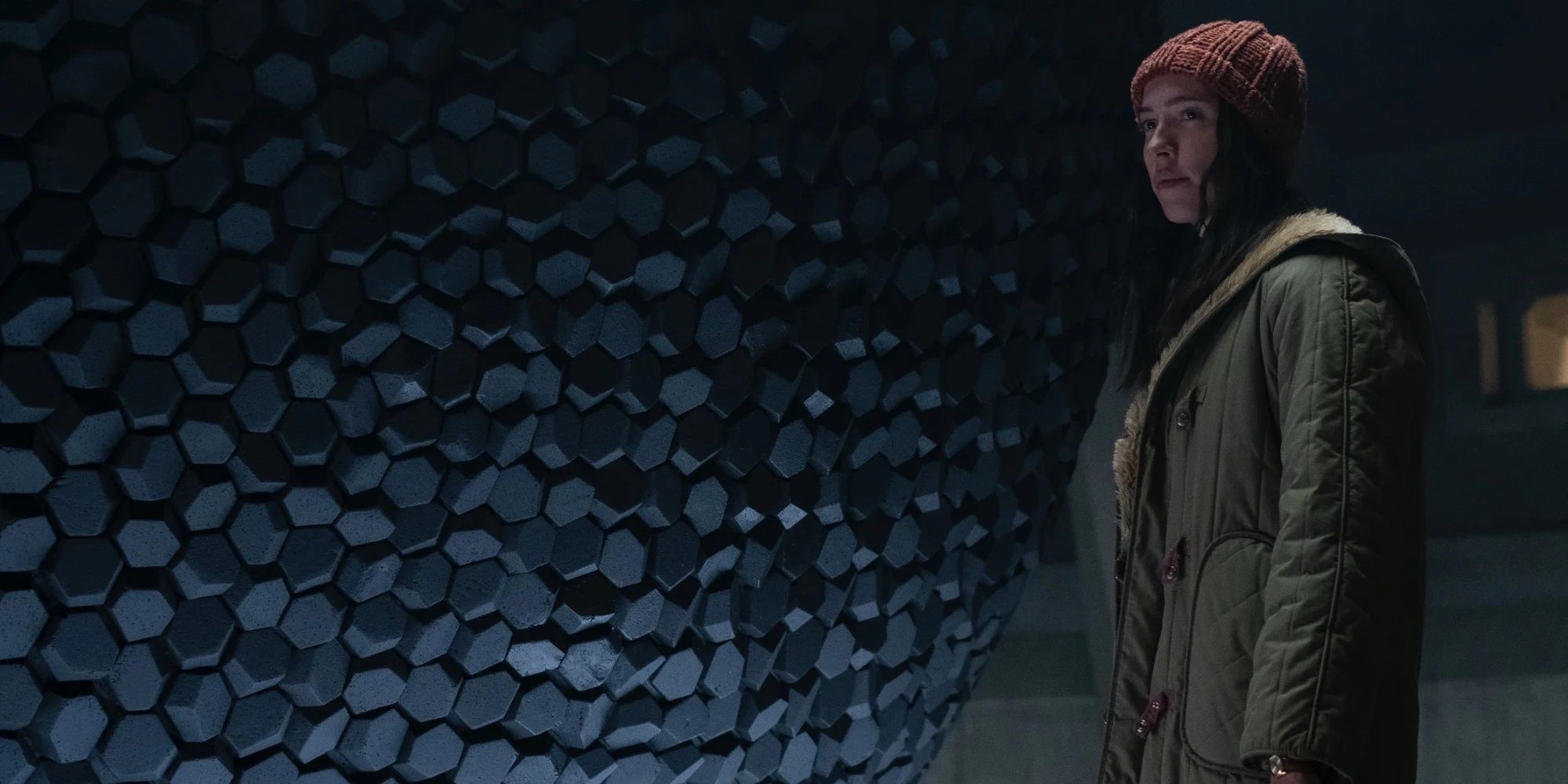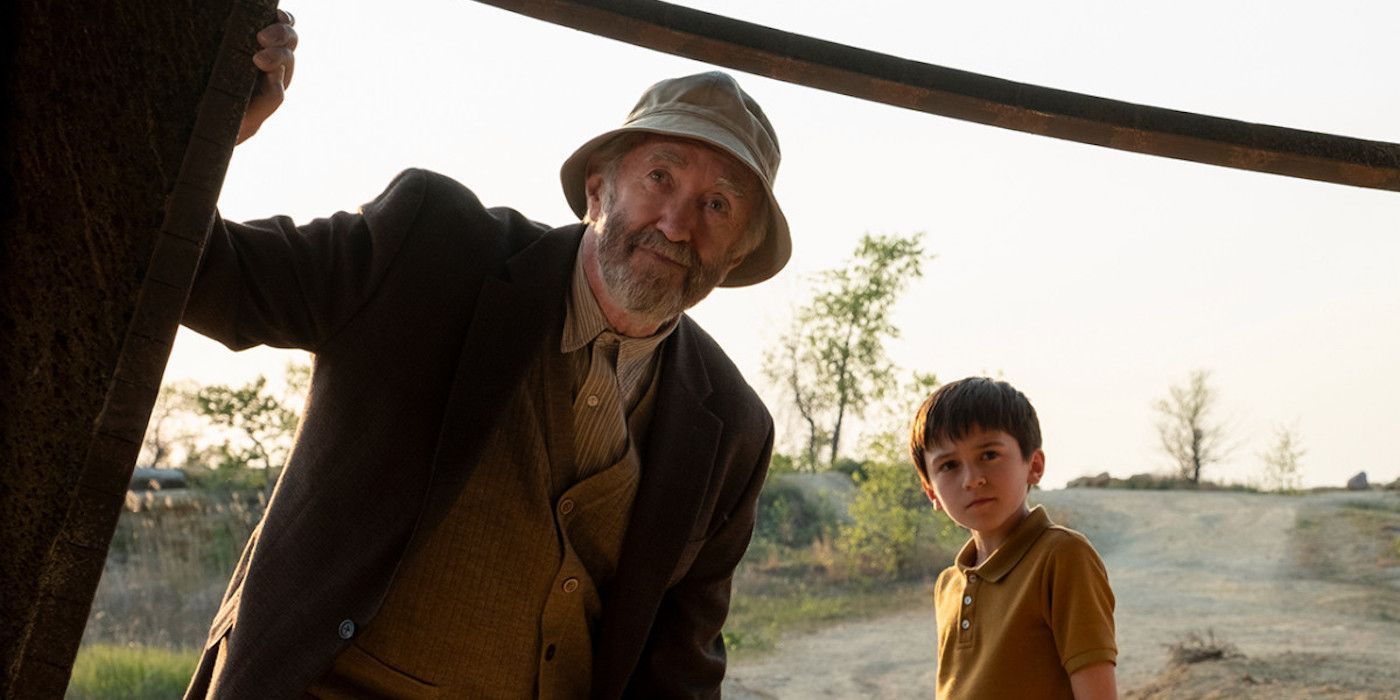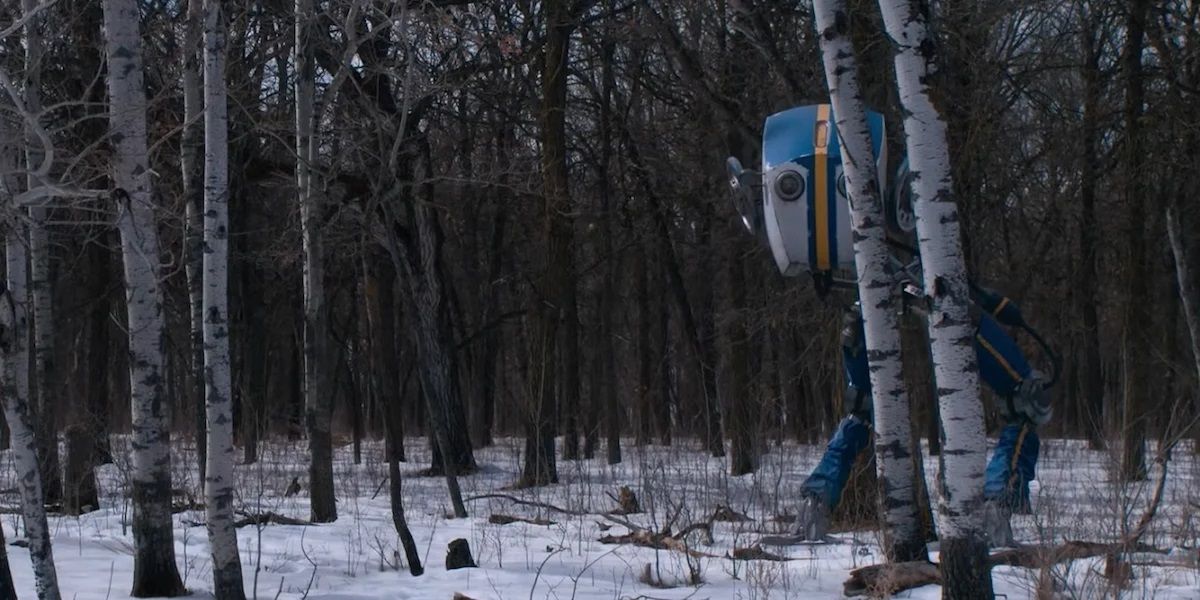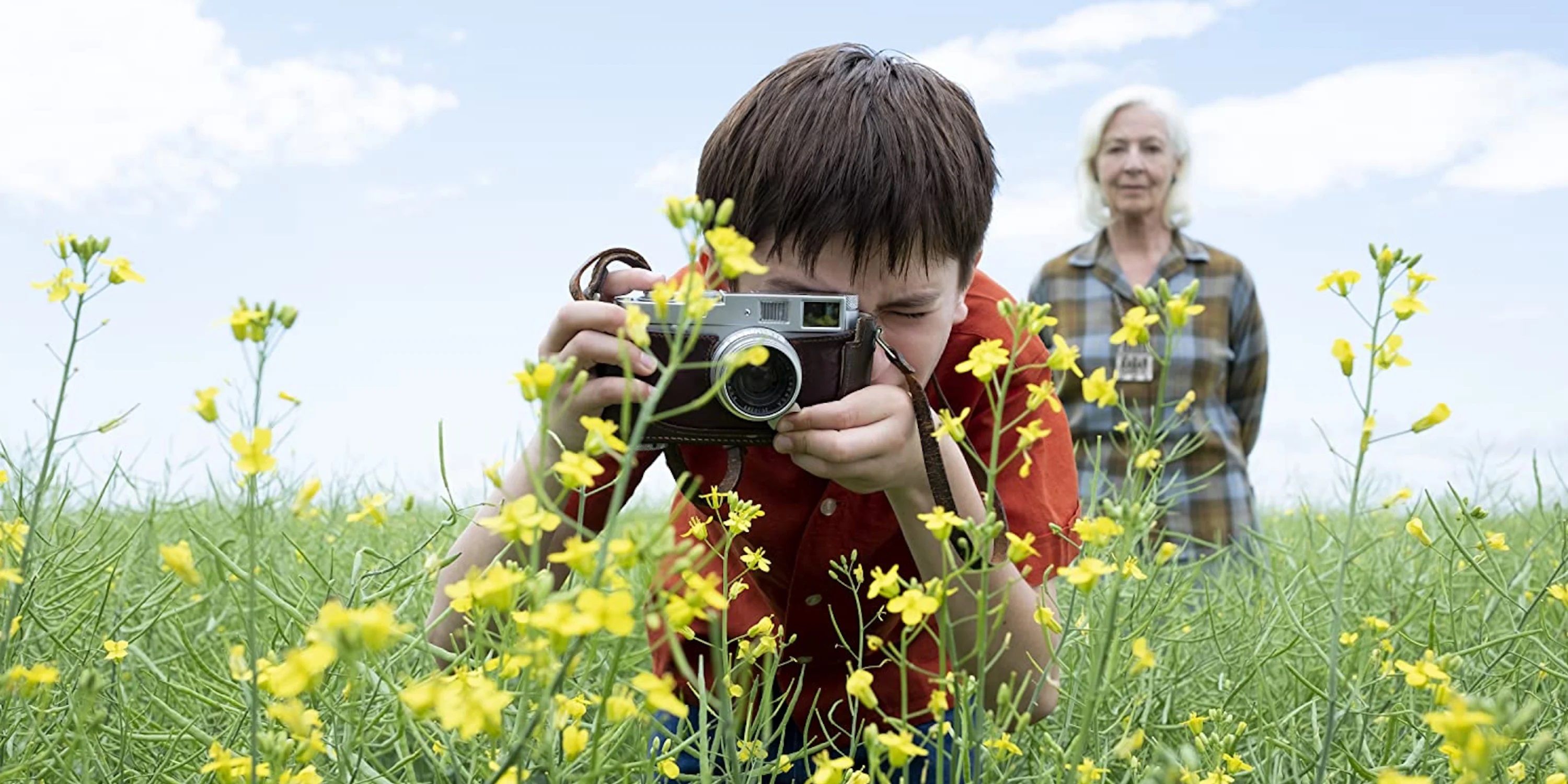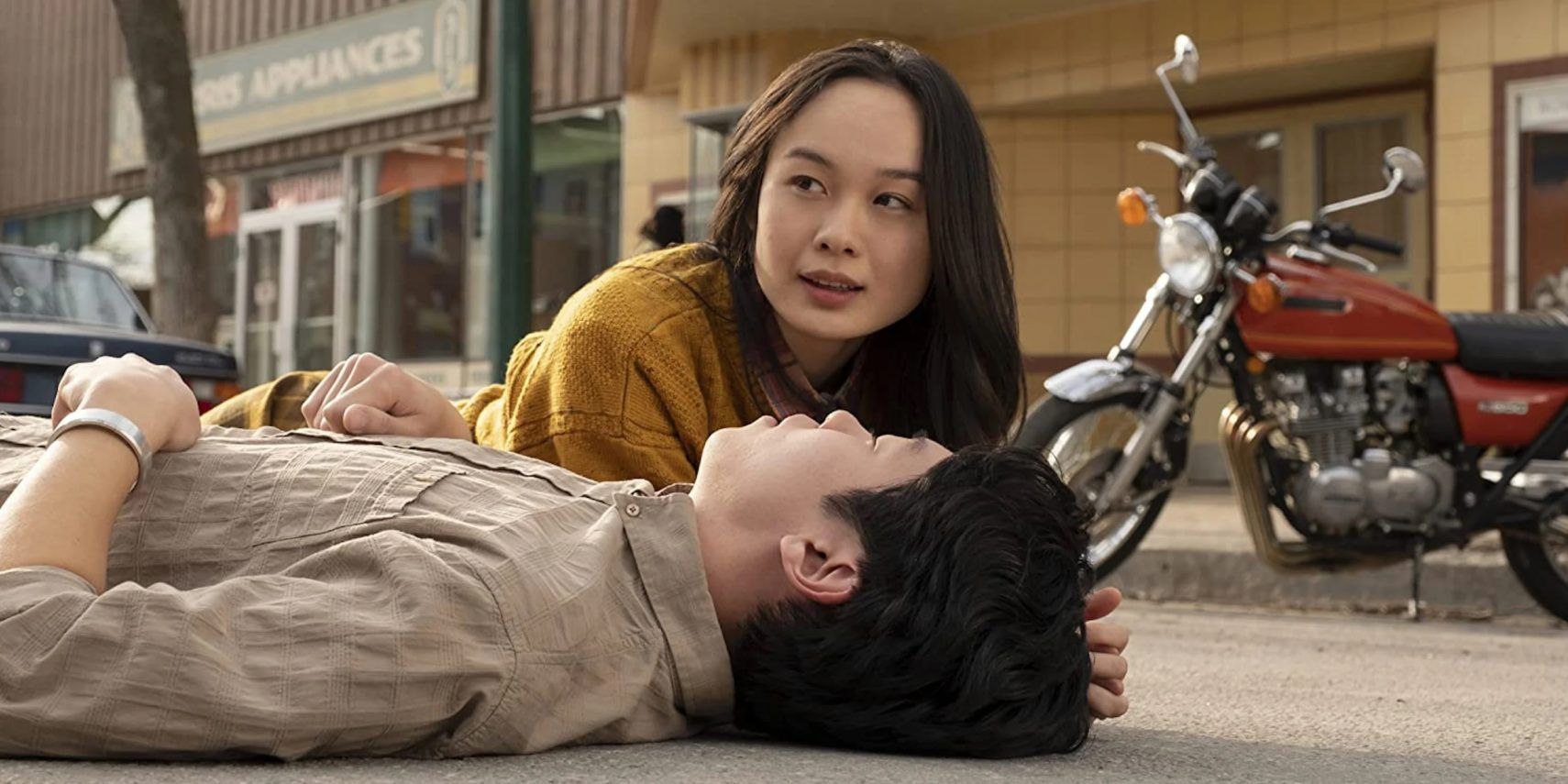Amazon’s Tales From the Loop is a rare breed - an American sci-fi show that’s not about the fate of the world. With some exceptions, the first season has been subtle to the point of boring, with a genteel approach to episodic sci-fi without a convenient Bad Guy to track.
Based on Simon Stalenhag’s “narrative art book”, Tales From the Loop is set in a retro-70s Sweden, mixing the mundane with the fantastic. Series creator Nathan Halpern wrote all eight episodes of the adaptation, and some of the differences on-screen are better than others.
Better - Children’s Stories
Stalenhag’s book, although disjointed and ambiguous, delved deeply into a sense of wonder about the world and technology’s place in it (particularly his hometown in northern Sweden). His drawings and the series trailer make it clear that contraptions and robots could be wondrous things and not to be feared.
To achieve this on-screen, Tales From the Loop focuses on children as main characters, with a few adult detours that mostly serve the story. Allowing the audience to look at the fictional town of Mercer, Ohio, through the eyes of a child helps carry the heart of Stalenhag’s work.
Worse - Move To Ohio
It makes sense to give your story a U.S. setting for a U.S. audience - but in doing so, Tales From the Loop discards some of the foreign appeal of the original stories. True, Ohio can be cold and wet and agrarian (it was actually filmed in Winnipeg, Canada), but it's less inherently alien and melancholy than Scandinavia.
One of the episodes tells of a monster on a nearby island - but which is more mysterious, an island offshore in Lake Erie, or one near the Arctic Circle?
Better - Linking The Stories
Staging a TV series based on a series of (excellent) drawings is like stringing a narrative together from all the paintings in one wing of an art museum - a daunting task. Tales From the Loop maintains a strong sense of wonder on-screen via intersecting characters and overlapping themes.
Linking the main characters through their everyday journeys gives the series a sense of innocence in a rare future world that isn't dystopian, and without it, Tales From the Loop would unwind like a documentary.
Worse - Heavy Concepts
Tales From the Loop delves into typical sci-fi themes of time travel, battling robots, and body-swapping that are too heavy for the idyllic setting. Proposing that a floating tractor can create holes in the time-space continuum makes for an interesting story - but that’s asking a lot from Stalenhag's everyday illustrations.
It also strains the plot to suggest that the townspeople aren’t overly concerned about a Loop that has such a huge impact on their lives. These weighty concepts are a long way from the wandering robots and discarded tech of the book.
Better - Deep Production Design
Tales From the Loop takes the clever designs of the book and expands them beautifully beyond the original scope. The TV series thickens the snowy, forested, and rural setting and gives the robots and towering edifices more depth.
Besides a brief glimpse of a gleaming futuristic city (noticeably absent in the book), the production design gives the viewer a solid feel for the strange technology littering a small town in the Midwest.
Worse - Mystery Double-Tap
One of the greatest strengths of the Tales From the Loop book is the vagaries of the Loop itself - which could also be seen as a narrative weakness. Stalenhag created technology that’s familiar but vague, so readers aren't overly concerned about the science behind the robotics, levitation, and energy generation.
How the Loop works doesn’t matter to the enjoyment of this imaginary world - so it's disappointing that the series adds the Eclipse, a giant black sphere of geometric bricks. It adds a redundant, visual element that forces viewers to ask unnecessary questions about how it works, or how it will factor into season 2.
Better - Stories That Impact Characters, Not The Whole Planet
Tales From the Loop goes out of its way to focus on the characters living in Mercer, Ohio, instead of the machines or machinations of the stories. Like Stalenhag’s book, the focus is on a northern town making peace with its odd place in the Loop.
This is a refreshing change compared to much of the sci-fi presented on Amazon, Netflix, and Apple TV+, which deals with misguided forces bringing about the end of the world. A story about a small boy or solidarity farmer dealing with aspects of the time-space continuum is more interesting and unique than neverending battles for the fate of the planet.
Worse - Narrative Gaps
The eighth and final episode of the series tries to tie up several plot-points - but as mentioned above, plot is superfluous to the enjoyment of Tales From the Loop. True, the book and its sequel, Things From the Flood, are indefinite and unresolved, but it feels like there’s a beginning and end, at least from the viewpoint of childhood memories.
The TV show compares unfavorably to Lost, where both conclude with more questions than answers. For example, in the books and the first seven episodes, only tech artifacts from the Loop can magically affect residents - but in episode 8, the deux ex machina is a magical stream? And what happens to Gaddis, who’s stuck in a parallel dimension? Just because Tales From the Loop is ostensibly a children’s story doesn't mean that it shouldn't be coherent.
Good - Idyllic Pacing
It may be frustrating to viewers used to the slam-bang action and speed of archetypal sci-fi shows that Tales From the Loop moves at a leisurely pace. Like Black Mirror and the old Twilight Zone shows, we’ve presented with interesting moral plays - just very slowly, as befits the book.
There is the occasional dramatic surge, like the episode featuring a hideous creature that carries the typical horror movie tropes (our main character stupidly rows to the monster island in the dark, for example), but at least it's in service of a child-like resolution. Thanks to showrunner Halpern, Tales From the Loop is very cinematic and achieves a lot gingerly, without dialogue, which allows Stalenhag’s world to seep in.
Worse - Rated R
Nothing about the books or the first few episodes suggests that the narrative would be well served with an R rating - but that is deservedly bestowed on episode 3, titled Stasis, when our teenaged main character finds a couple in bed frozen in time. This sequence and another adult-orientated moment later on, are extremely jarring to the pacing and themes of the show and books.
Imagine (or don’t) if one of the three children characters, the focus of the entire series, was put into the same situation. Maybe these scenes and situations are true to the story that Halpern and director Dearbhla Walsh wanted to tell. If this is the case, in the scope of Tales From the Loop, they’re telling the wrong story.

